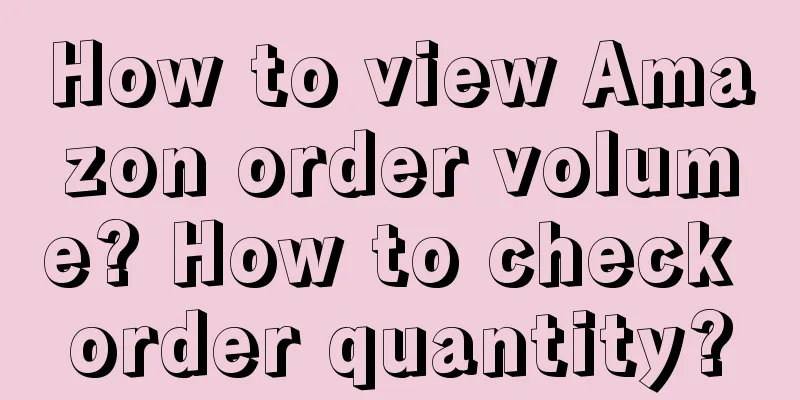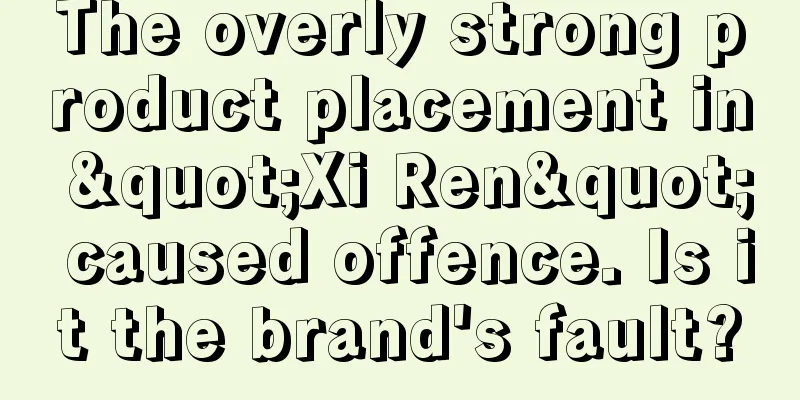Kimi's first pot of gold came entirely from tips?

Kimi started charging. Generally speaking, the payment models for large-scale model products are nothing more than subscriptions for C and API calls, technical authorization, and overall solutions for B. But Kimi, who has recently attracted much attention from the market, chose to go up between left and right - he chose a model that even the old masters in the industry could think of, but few people really intend to do: Reward. Specifically, Kimi’s new feature “Cheer for Kimi” recently launched is essentially a recharge entrance. RMB players can get priority during peak hours, which is equivalent to a VIP channel. In the past, we paid anchors to sing, but now we pay Kimi to write scripts. Times have changed. 1. A new way to make moneyWith the activation of the reward function, users can recharge Kimi and obtain the privilege of using Kimi's computing power during some traffic congestion periods. Frequent users of Kimi have probably encountered the system pop-up prompt "Insufficient computing power during peak hours", which is particularly concentrated on weekdays. After the paid function is launched, Kimi will inform users in small print below the prompt box of insufficient computing power that they can manually obtain the right of "priority use during peak hours". Clicking on the hyperlink will open a random payment option with six amounts ranging from 5.2 yuan (sending flowers) to 399 yuan (landing on the moon). The lowest-end package is priced at 1.3 yuan per day, while the highest-end package is 1.09 yuan, which is about 84% off. Based on 365 days, the price of a one-time annual package (moon landing) will be 76.65 yuan cheaper than buying only four days each time (flower delivery). Whether for individual or corporate users, this discount is actually not too high compared to the common annual Internet membership. Fortunately, Kimi's payment function is not like buying skins in King of Glory, which forces users to "spend money to become stronger." Lan Media, who often uses his luck in drawing cards for work, talked with Kimi about various complicated issues for a long time, but was unable to directly trigger the krypton gold channel. Perhaps, this is more like a "hidden function". After all, Kimi really "hid" it: if you are lucky, as long as you don't trigger replies such as "insufficient computing power during peak hours" that suggest your system is busy, users cannot directly find the recharge entrance in any way. Even if you tell Kimi directly about "paying money/rewarding", the AI will explain to you seriously that "paying money has risks, so be cautious when giving rewards." You have to specify "top up money for you" before the system will pop up a payment entrance, which the official calls "Cheer for Kimi". It’s not too much to praise your conscience. After many attempts, it was found that Kimi will only actively remind users to pay for priority use rights when the computing power is really insufficient (prompting traffic peak). But as mentioned before, if you don’t spend any money, you can wait a little while or click a few more times and try again, there is a high probability that Kimi will continue to generate results. Unless there is an urgent need, the payment channel provided by Kimi is more like a way of "generating electricity for love" - if you spend money, you will become stronger, and if you don't spend money, you will not necessarily hit the computing power wall, and users are not forced to pay. In comparison, Kimi is indeed playing with a very new monetization model, but if this non-mandatory payment wants to generate stable revenue, the required conditions will undoubtedly be more stringent. At least users must have enough recognition and loyalty to voluntarily pay for AI. In other words, either the product can demonstrate sufficiently advanced productivity, or the company behind it is indeed not short of money. Otherwise, the uncertainty brought about by this reward model will not always generate significant benefits in the current environment. So, which one does Kimi, or the Dark Side of the Moon, an AI startup, have? Maybe both. 2. Rising StarsKimi's popularity is obvious to all. As early as March, the Dark Side of the Moon server was overloaded due to excessive traffic, resulting in congestion and even crashes. Theoretically, this is partly due to the insufficient computing power of the company's servers, but it also reflects that Kimi's popularity far exceeds the Dark Side of the Moon and market expectations. According to the latest domestic large model rankings compiled by AI product rankings, Baidu Wenku's built-in AI function ranked first in terms of visits in April, and Kimi ranked second with 20.04 million visits, even exceeding Wenxin Yiyanbenshen and Alibaba Cloud's Tongyi Qianwen. Data source: AI Product List aicpb.com From approximately 156,000 visits when it was released in October 2023 to over 20 million visits per month today, Kimi, which excels in long text processing capabilities, has quickly stood out from a number of large model competitions from major manufacturers. The capital market's attention to the AI track naturally tends to the dark side of the moon. Recent market news shows that after completing a new round of financing of over US$1 billion in mid-February with investors including Alibaba and Lisi Capital, and a valuation of US$2.5 billion, Dark Side of the Moon recently received another investment from institutions such as Tencent and Gaorong Venture Capital, and the company's valuation has now exceeded US$3 billion. At present, the funding camp behind Dark Side of the Moon has included more than 20 star institutions including Alibaba, Tencent, Gaorong, Sequoia, Meituan Longzhu, and ZhenFund, making it the startup with the highest valuation in the domestic big model competition at this stage. At the end of April, rumors spread that Dark Side of the Moon founder Yang Zhilin cashed out by selling his personal shares in the company. It was reported that the amount of cash he and related personnel cashed out was as high as 40 million US dollars. Dark Side of the Moon quickly denied the news, saying that the rumor was untrue and that the company had previously announced an employee incentive plan to ensure that employees could share the company's development results. While refuting the rumor, it also sent a signal to the outside world that "the company has a stable long-term plan." Obviously, for Dark Side of the Moon, which is considered to be "the company most similar to OpenAI in China", the so-called "long-term planning" in the field of technology means the continued advancement of the AGI process, which corresponds to a higher return on investment in the future from the perspective of investors. After all, the expectations of all parties for Dark Side of the Moon are almost all optimistic. At present, under the circumstances that the product is widely recognized by the market, investors are willing to continue to invest, and the camp is still expanding, it is relatively easy to understand that Dark Side of the Moon does not force Kimi to pay and takes an unusual approach: First, it tests the willingness and scale of existing users to pay, and second, it gives a preview of the commercialization process. Kimi is confident that he will not lack customers, so he is not in a hurry to make money. |
<<: Big model price cuts, a war with no winners
>>: The silent impact of TOB customers' private domain operations - WeChat Moments operations
Recommend
How is Alibaba International Station? Is it easy to do business?
You know, the domestic e-commerce market is alread...
Is it easy to be a freight forwarder on Shopee? What are the requirements to be a freight forwarder?
Speaking of Shopee freight forwarder, in fact, man...
What to do if Amazon's new products have no natural traffic? How to deal with it?
After launching new products on Amazon, many merch...
Xiaohongshu local life is coming? Don’t worry! You may be scammed!
As Xiaohongshu gradually expands its layout in the...
How can Amazon tell if the goods are shipped by FBA? What are the advantages?
Amazon has always been very popular among friends....
There are tens of millions of brands that skirt the line, why is Coco Tree the only one that isn’t criticized?
There are many marketing methods. Coconut Tree is ...
Assets increased by over 100 million! Review of how a bank managed 20,000 private domain customers with 5 people in 5 months
In recent years, more and more companies have paid...
Taobao only refunds the money it receives for rectification, and comes up with a "black and white list"
Taobao recently made important adjustments to its ...
Ele.me's new copywriting, eating happily~
Ele.me launched new copy with the theme of life at...
5 ideas for creating hit products on Xiaohongshu, used by more than 300 million brands!
If you want to create a product that quickly takes...
Xiaohongshu’s category scene content is becoming ineffective…
As consumer demand shifts from category-driven to ...
What is the reason for the good sales of Shopee? How to make Shopee?
The sales of Shopee website are good, which is an ...
How to provide after-sales service for items purchased from Amazon? What after-sales service is available?
Today I will introduce you to some content about A...
It’s not easy for Meituan to become an outdoor media company | Outdoor Advertising Observation
The creation and operation of ladder media has alw...
Detailed explanation of the four major scenarios of WeChat Store
In the huge social e-commerce ecosystem of WeChat,...









